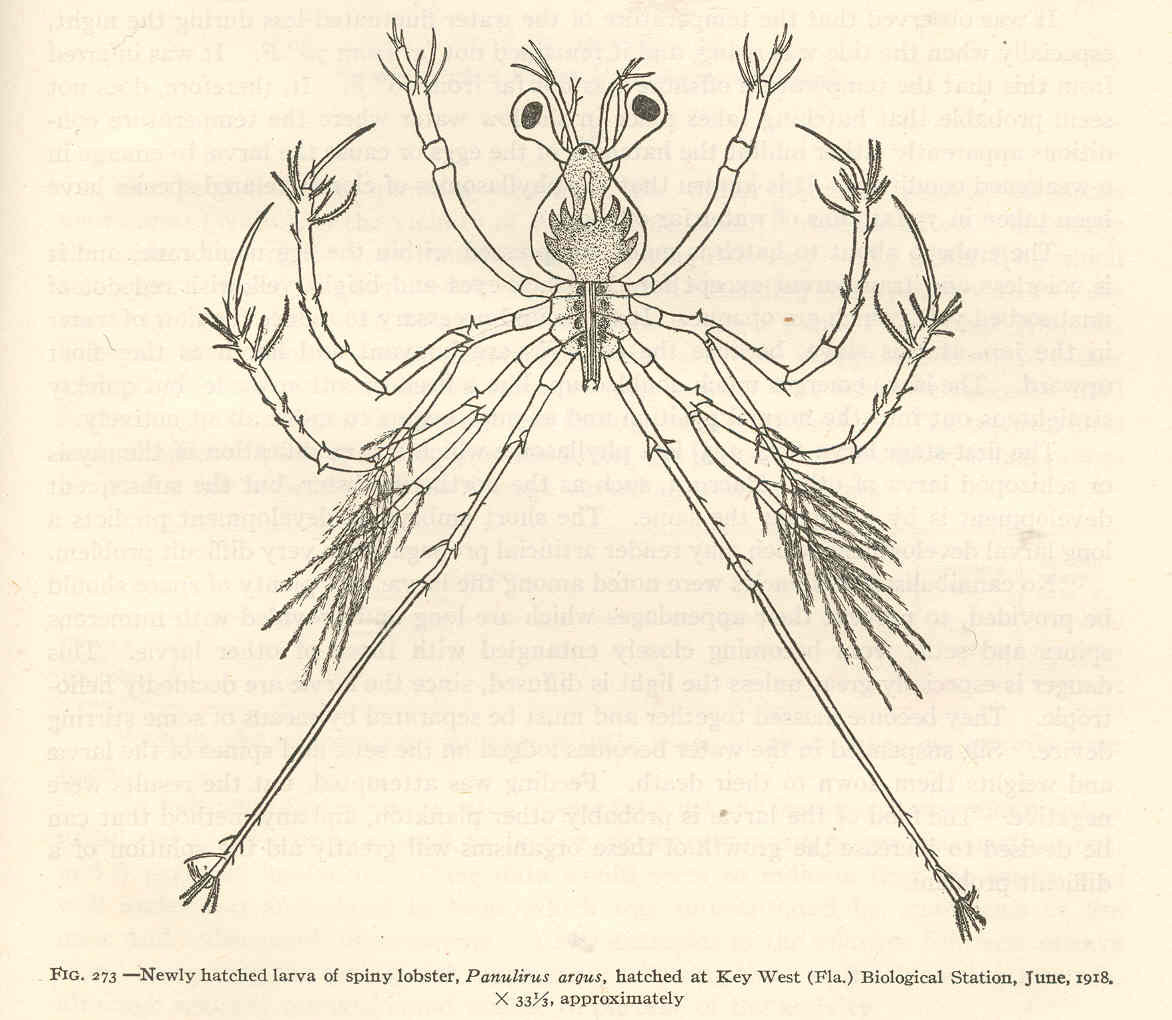How do fish and other marine species find forever homes? How long do they remain drifters?
Adults spawn and release eggs that hatch into larvae that temporarily join the drifting communities of the open ocean, plankton. What happens from there is not easy to study–larvae are tiny; almost invisible, and the ocean is huge. In this talk you will learn about the unique strategies and characteristics that fish and invertebrates use to increase their odds of survival as they search for a coral reef. For example, baby lobsters hitch rides on and make meals of floating jellyfish, as they surf the current. Baby fish may stay together as a group by grunting, and many species can follow signals from the sun, stars, wind and waves to find the right home.
You will hear about breakthroughs and technologies during the past decade that have enabled marine biologists to better study the small and often transparent larvae as they disperse through the waters. Modern approaches often involve bringing the laboratory directly into the ocean: observing behavior in the wild and removing the veil that has long obscured our views of this critical but cryptic life stage.

spiny lobster larvae, photo courtesy of A. Kough



